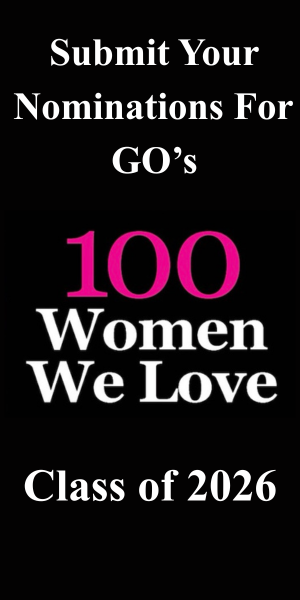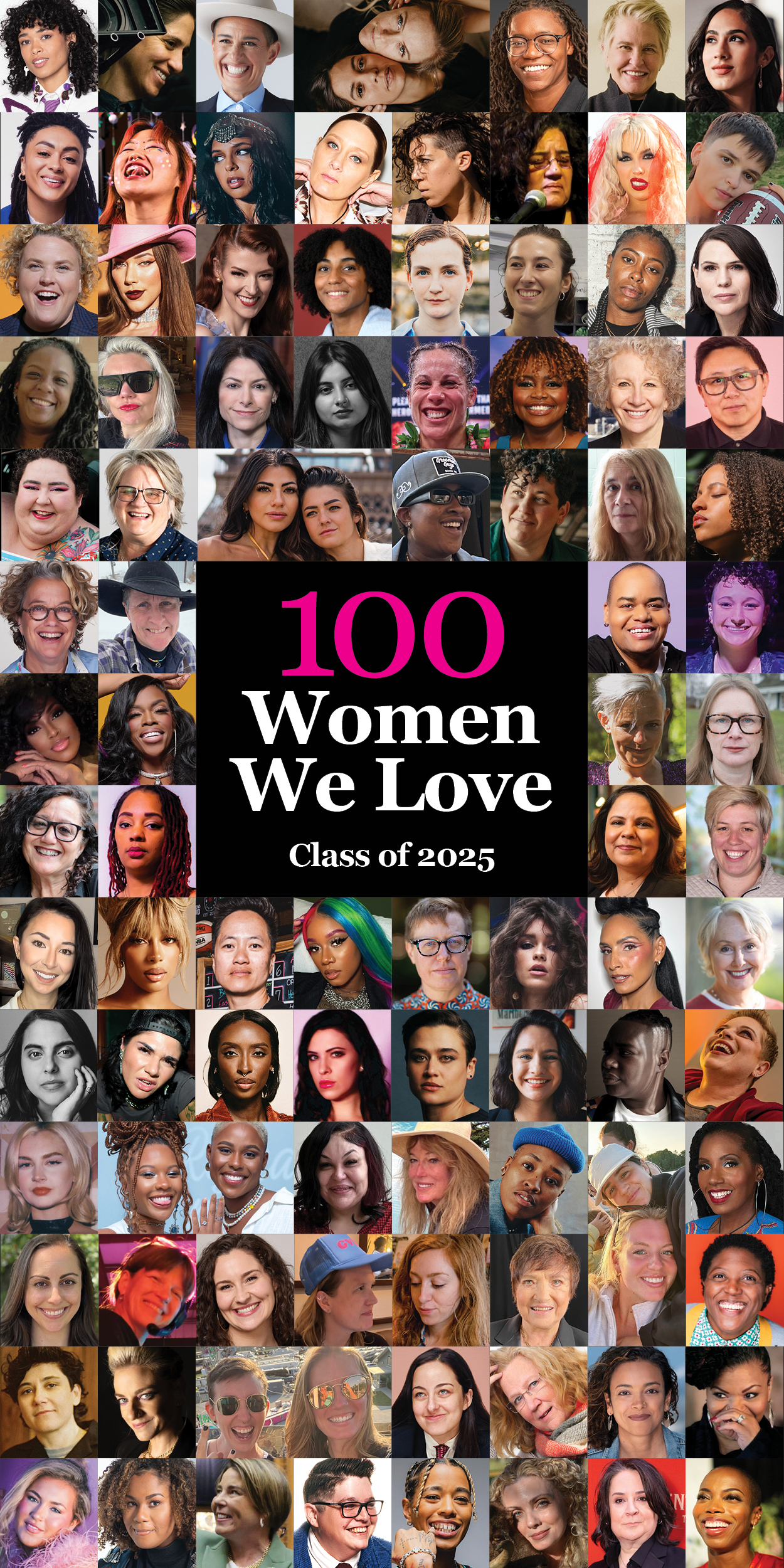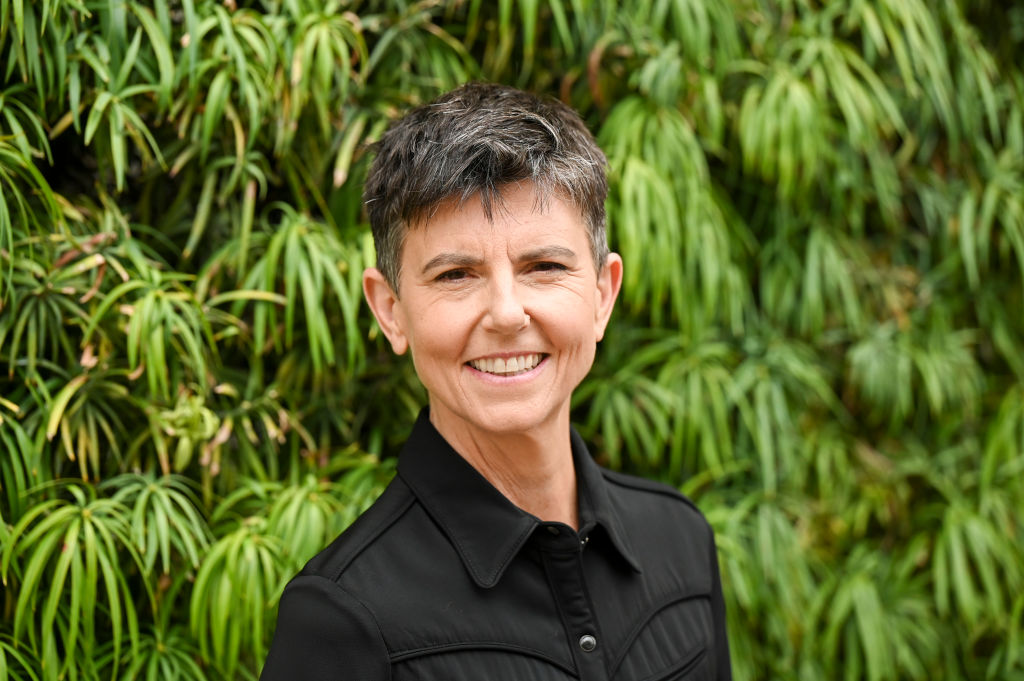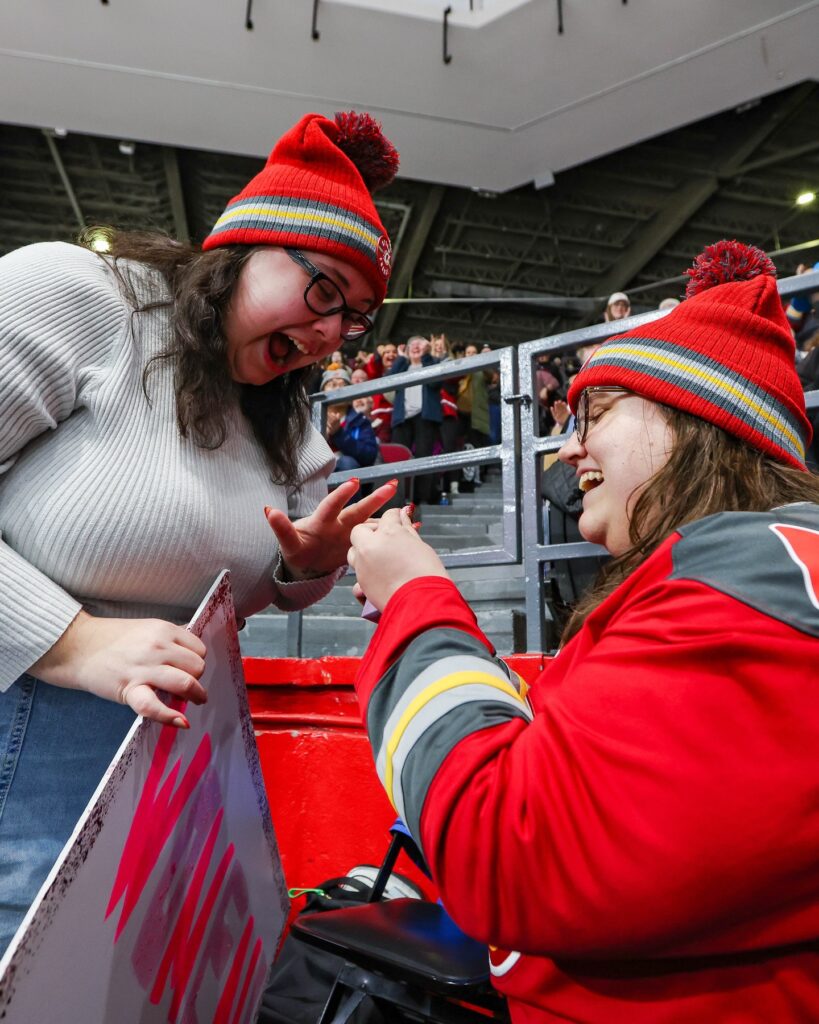Longing, Love, Learning: Queer Desire & The Music Of Lady Lamb
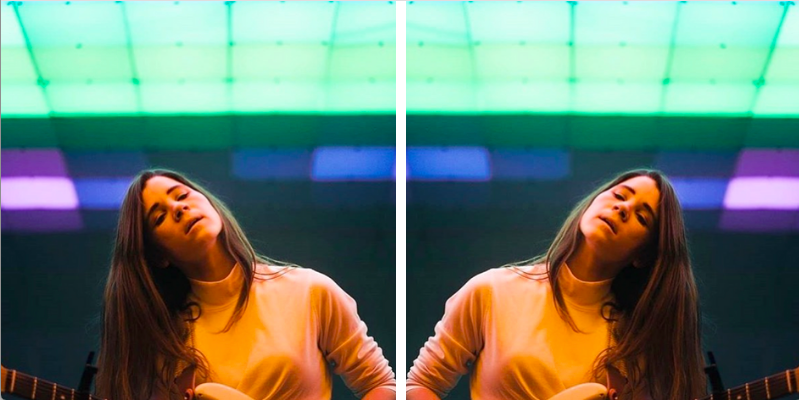
I missed my girlfriend so thoroughly, in a way these songs understood. I now knew what it was like to want a person so badly that it can only be described in anatomical terms: it’s physically impossible to get close enough until you’re shrunk down and inside their bones.
I first heard Lady Lamb when I was nineteen and thought I was straight. I’d convinced myself that my desperate crush on my friend’s older sister in high school was just admiration, and started dating a cis guy I met at college. He was handsome and rugby-playing and sweet and I felt extremely “meh” about the relationship, despite him being exactly what I thought I wanted. That winter break of my sophomore year, I was driving my dad’s Toyota Rav4 when a sample of Lady Lamb’s “Hair to the Ferris Wheel” came on the radio, and something inside me broke open.
Her voice was full and honest and raw and gave me that warm feeling in my belly that I’d trained myself to be afraid of since the first time I looked at my mom’s Victoria’s Secret catalogue. There weren’t any names or pronouns in the sample, but somehow I knew she was singing to another woman.
Looking back now, I think it was the yearning in her songwriting, possibly the gayest of all emotions. Lines that fixated on the nape of the neck (what a queer body part!) hit me over the head with images of the cute butch from my Psych 1 class who I was too nervous to talk to.
I confess, I’m a lyrics bitch — I don’t know enough about the music itself to speak about it in any more nuanced terms than “that slaps/that does not slap.” But I knew I needed more Lady Lamb. I wanted more of that warm little pilot light that her music had ignited in my stomach.
I also knew I needed to dump my boyfriend.
Over the next few months, it got to the point where my friends rolled their eyes when I put her music on.
“We get it, Sam, you love her.”
“When you leave me for a woman, I’m gonna be sad, but not surprised,” the boyfriend told me, as I, for the fourth time that evening, made him listen to the bootleg version of “Up in the Rafters” that I’d converted to mp3 from a YouTube video.
It took me months to leave said boyfriend (I’m so sorry, Jordan). Months worth of late nights in my queer hallmates’ room, knowing I wanted the self-actualization they had, but unsure how to make any moves towards it at my tiny liberal arts college. (I had a proudly slutty freshman year in which I fucked a lot of dudes…these things become known on a campus of 1,400 students). I didn’t want to make anyone feel like the subject of an experimental dip into queerdom.
Enter: study abroad.
Within twenty-four hours of landing in Spain, I was playing the “Up in the Rafters” video for my new peers (zero chill over here). A woman with cropped black hair and a purple ‘Legalize Gay’ t-shirt gave me a lingering look.
“Wow,” she said. “Those lyrics…how long have I ached for your hands on my stomach? This is great.”
She got it.
That woman and I slept together two months later, in a hotel room in Seville. I thought, oh, this is what “Crane Your Neck” is about. Twist your hips? Check. Crane your neck? Done.
I met my first girlfriend a few months after getting back from Spain. She was two years younger than me, so we became long-distance when I graduated and moved to NYC. Lady Lamb’s first full album, 2013’s Ripely Pine, kept me company on exhausted train rides home from grad school at 9pm. Again, it was the yearning: songs like “You Are the Apple” had me half-shouting the line I still need your teeth round my organs. I missed my girlfriend so thoroughly, in a way these songs understood. I now knew what it was like to want a person so badly that it can only be described in anatomical terms: it’s physically impossible to get close enough until you’re shrunk down and inside their bones.
When the girlfriend and I broke up after six years, I took myself to a Lady Lamb show in Bushwick. I sang every word until I sobbed on the dance floor, able to properly mourn the loss of the person who made me really feel these lyrics for the first time.
I’ve had tickets to the Lady Lamb — An Evening with Strings tour since it was initially scheduled for March 2020. After the date was pushed three times, my fiancée and I finally settled into a front-row table at City Winery on October 4.
“I’ll die if she plays ‘Up in the Rafters’,” I whispered to Kale. “I haven’t heard her play it since the first time I saw her in 2011.”
This song is still my favorite, and stubbornly remains unavailable on Spotify. I’m still listening to that bootleg mp3 download.
“Babe, you’re hurting my arm gripping it like that,” Kale replied. “But yes, I’m excited, too.”
(Kale reminded me recently that I played “Crane Your Neck” for them the first time we had sex.)
Lady Lamb came onstage right on time, pulled the mic out of its stand, and launched into “Up in the Rafters,” with its slow, deliberate, a capella opening. It’s the same way she started that 2011 show, when she opened at a little venue in Philly and played five songs, leaving me drooling for an encore long after the headliner came on. Blushing, I asked her to take a photo with me on my flip phone after the show.
She’s refined the song since a decade ago — quieter in the beginning before unleashing the full power of her voice, adding small runs and pauses. This rendition felt confident, mature.
The set list continued this way — lots of earlier songs that lean more folk than rock, a choice shaped by the nature of playing with three violins, Lamb explained between songs.
“The last tour I did was with a whole rock band, so this set list is a lot of songs that hadn’t been getting as much love,” she said.
It’s my favorite side of Lady Lamb: the stripped-down arrangements, where her gorgeous vocals come front and center. Where her lyrics transport us to a forest where we watch a huntress kill a deer, or a mattress on a rooftop in Brooklyn, or some other queer fairy tale.
“I love the set list!” I blurted out, forgetting I was in the front row and she could fully hear me. “‘Up in the Rafters’ made me gay!”
“Oh yeah?” she replied, grinning. “Watch out, straights!”
Kale lost their shit giggling at me.
Listen: queerness demands to be seen. Thankfully, it’s easier to be an out queer person now than it was when I was nineteen. My middle school students are queer AF, and we have more mainstream pop stars and cultural icons coming out all the time. But we still need the intimacy of queer indie artists — the creators who made you feel seen for the very first time, maybe before you even knew the parts of yourself you were yearning to see reflected. The artists who were honest and vulnerable with pieces of themselves, creating something for baby gays to latch on to.
I didn’t know this music was what I needed when I got in my dad’s Rav4 that January day in 2010. But Lamb created these songs so steeped in napes and fingers and unabashedly visceral desire that they made me realize that feeling was what I’d been missing — that the (straight) crushes I’d been allowing myself to experience were sharp and hollow by comparison.
“I wrote this song when I was nineteen,” Lamb told us before playing “Taxidermist, Taxidermist” at her City Winery show. “It came out of being infatuated with someone who was wrong for me. I’m thirty-two now, and I still need it.”
Yeah, I thought, holding my forever person’s hand and feeling the layers of my queer self melt into each other, one by one. The heartbreak and uncertainty and infatuation and elation. All the fights and finding my people and falling in love, fusing to create who I am as a queer adult. I still need it, too.




